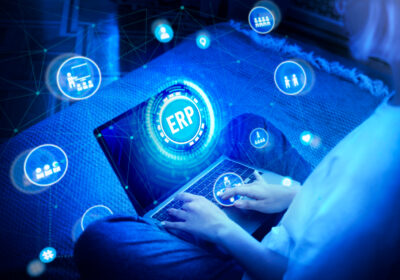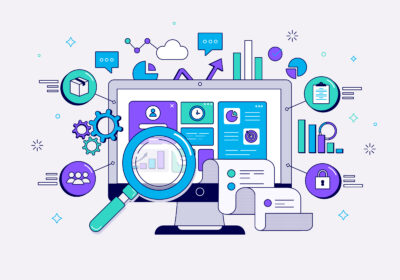In the realm of business software solutions, two acronyms often pop up – ERP (Enterprise Resource Planning) and PLM (Product Lifecycle Management). While both are integral to managing business operations, they serve distinct purposes and offer unique capabilities. Let’s delve into the differences between ERP and PLM, and how they can be leveraged in the context of software development in the UAE.
What is PLM?
Product Lifecycle Management (PLM) is a strategic approach that oversees a product’s lifecycle from inception to disposal. It’s a collaborative solution that allows designers and product developers to seamlessly integrate data, such as colours, size specs, and materials. PLM is essentially a pre-production tool that enables ERPs to process work through the manufacturing process.
In the context of software development in the UAE, PLM plays a crucial role. It allows design teams to focus on the ideation, innovation, and development of a software product. For instance, a software development company in Dubai might use PLM to manage the design process, configure and track design milestones, and facilitate team collaboration to plan and design new software products to introduce to the market.
What is ERP?
Enterprise Resource Planning (ERP), on the other hand, ensures products are manufactured in a timely, cost-controlled manner once a product has been designed and approved. This procedure uses a database to automate various core processes of a company related to finance, manufacturing, technology, services, and human resources. ERP is seen as a catch-all solution for larger companies to manage business functions in a central location.
In the UAE’s software development landscape, ERP systems are instrumental in executing the product and managing cost-control during the supply stages. For example, an ERP platform in a software development company in Abu Dhabi might handle the transition of materials for inventory, production schedules, and logistics.
Continuing from where we left off:
ERP vs. PLM: The Differences
While ERP and PLM are both integral to business operations, they serve different purposes. ERP is a post-production tool that manages the manufacturing, distribution, and financial aspects of a product. PLM, on the other hand, is a pre-production tool that manages the design and development stages of a product.
In the context of software development in the UAE, both ERP and PLM have distinct roles. A software development company in Sharjah might use PLM to manage the design and development of a new software product, while ERP would be used to manage the manufacturing, distribution, and financial aspects once the product design is finalized.
The Role of ERP and PLM in Software Development in the UAE
The UAE has a vibrant software development industry, and both ERP and PLM play crucial roles in this sector. PLM helps software developers in the UAE manage the design and development stages of a software product, while ERP helps manage the post-production stages.
For instance, a software development company might use PLM to manage the design and development of a new software product. Once the product design is finalised, the company would then use ERP to manage the manufacturing, distribution, and financial aspects of the product.
ERP and PLM: Complementary, Not Competitive
It’s important to note that ERP and PLM are not competitors; they are complementary systems. ERP and PLM work together to provide a comprehensive overview of a product’s lifecycle. PLM focuses on the design and development stages, while ERP takes over once the product design is finalised to manage the manufacturing, distribution, and financial aspects.
In the context of software development in the UAE, this complementary relationship is evident. A software development company in Ras Al Khaimah might use PLM during the design and development stages of a new software product. Once the product design is finalised, the company would then use ERP to manage the manufacturing, distribution, and financial aspects of the product.
Conclusion
Understanding the differences between ERP and PLM is crucial for businesses, especially those in the software development industry in the UAE. While both systems are integral to managing business operations, they serve distinct purposes and offer unique capabilities. By leveraging both ERP and PLM, businesses can effectively manage all stages of a product’s lifecycle, from design and development to manufacturing, distribution, and financial management.





